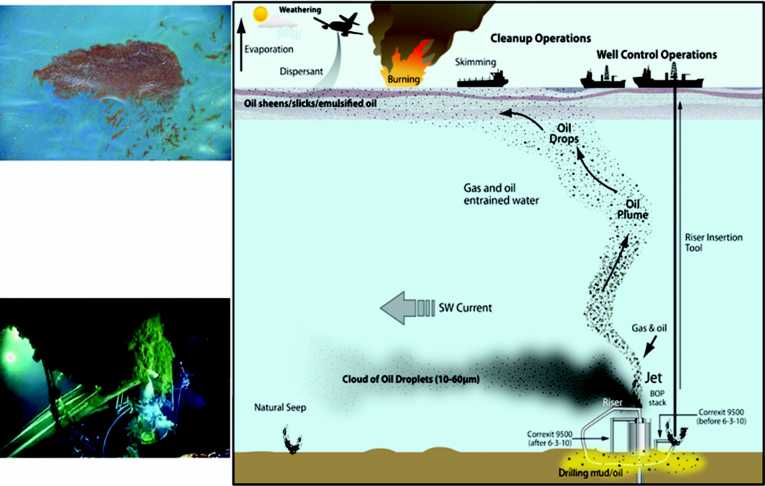The two worst oil spills in US history occurred in two such locations. In April 2010 the Deepwater Horizon oil spill occurred from a well at a depth of 5,000 feet in the Gulf of Mexico and 21 years earlier the Exxon Valdez ran aground on Prince William Sound in Alaska.
A report of a new study of both oil spills published in the current edition of the US journal Environmental Science & Technology, reveals the vital part that micro organisms play in reducing the overall environmental impact of oil spills.
Terry Hazen, microbial ecologist with Lawrence Berkeley National Laboratory (Berkley Lab) is co-author of the report with Ron Atlas, a University of Louisville professor of biology.
Hazen has studied microbial activity at both spill sites and says that: "Responders to future oil spills would do well to mobilise as rapidly as possible to determine both natural and enhanced microbial degradation and what the best possible approach will be to minimise the risk and impact of the spill on the environment."
The authors of the report point out that petroleum hydrocarbons in crude oils such as those released into the environment by these two major spills, are natural products that are derived from aquatic algae laid down between 18 and 85 million years ago. Since these hydrocarbons regularly seep into the marine environment from underground reservoirs, a large and diverse number of microorganisms, including bacteria, archaea and fungi have evolved the ability to use these petroleum hydrocarbons as sources of food and energy for growth.It was noted that following both the Exxon Valdez and Deepwater Horizon spills there was a sudden and dramatic surge in the presence of oil-degrading micro organisms, but there were important differences between both spills.
The Exxon Valdez spill released large quantities of heavy crude oil that spread as a surface slick. Here the primary focus was the clean up of the shoreline in this remote part of the world. It was discovered that fertiliser enhanced the rates of biodegredation by the indigenous hydrocarbon-degrading micro organisms.
With the Deepwater Horizon spill the primary focus was to prevent oil from ever reaching the shoreline. This involved a number of strategies including controlled burns, skimming, siphoning from the wellhead and, for the first time, heavy concentrations of dispersants that were applied to the deepwater leaking well.
This was primarily for safety reasons because the high levels of methane gas leaking from the well presented a significant hazard for the many ships that were congregated above as part of the containment operation. The spillage came to the surface in the form of a cloud and studies showed that within this cloud was a significant amount of microbial activity.
The report suggests that in the event of future oil spills it should be risk and not just the presence of detectable hydrocarbons that should drive decisions relating to the use of chemical agents because microbial oil degradation might be all that is needed.
Image Credit: Graphic depiction of Deepwater Horizon spill and cleanup © 2011 American Chemical Society










